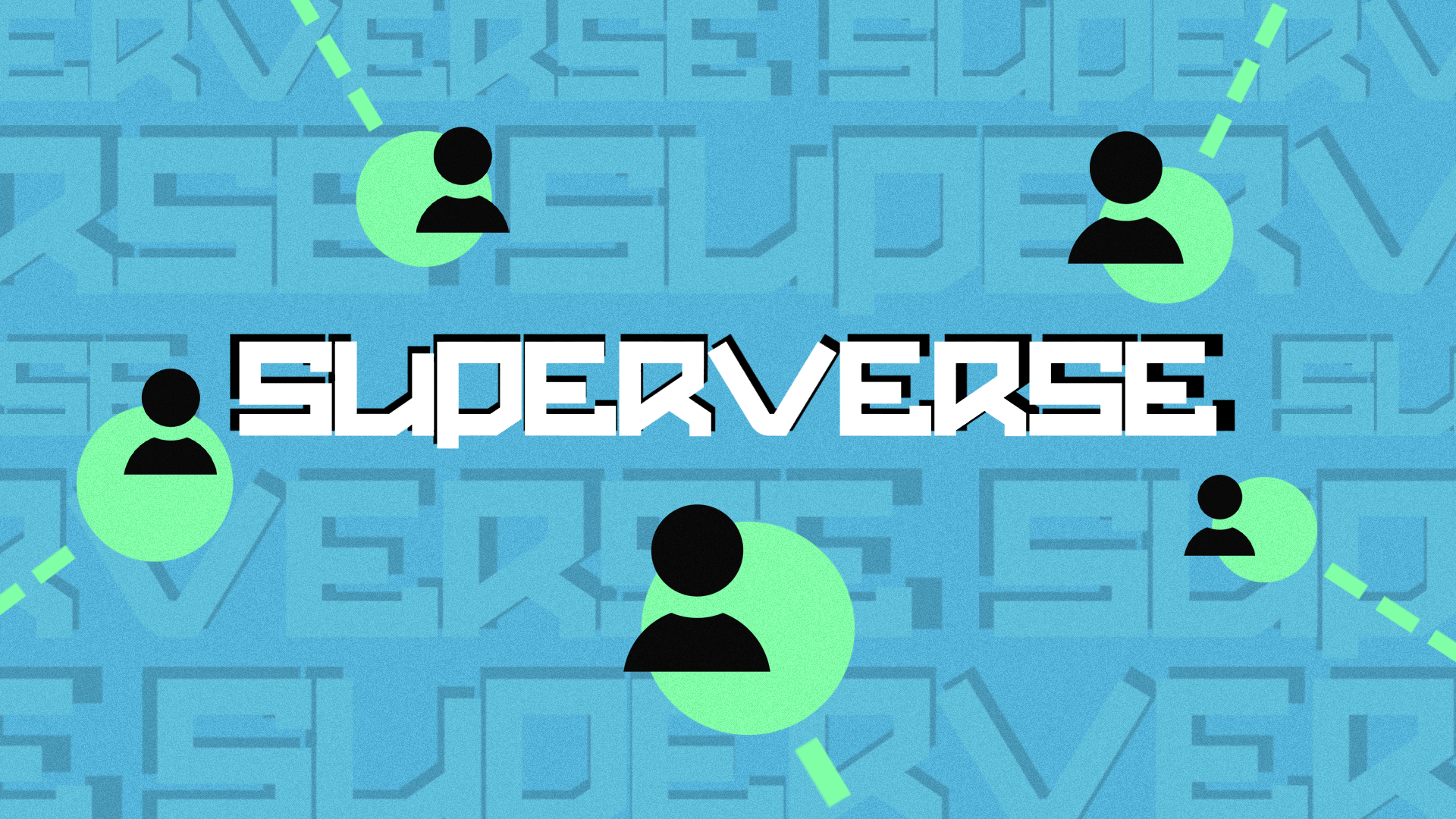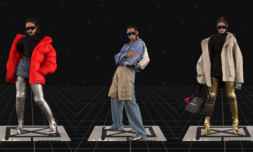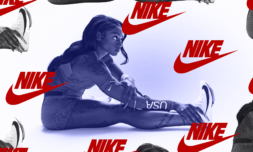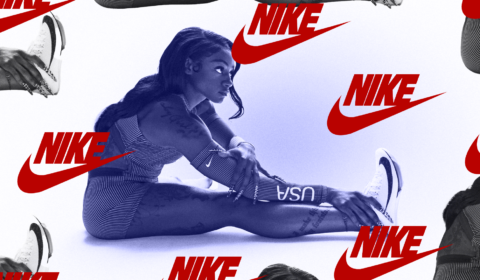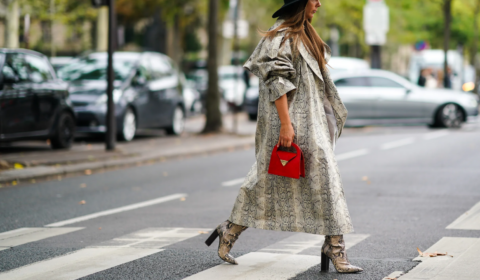Blaise Lanphere travelled to the largest-ever collaborative event connecting creators, entrepreneurs, and artists that are disrupting their industries. She returned with a rundown for Thred on how Web3 – the next phase of the internet – is disrupting the style sector.
As in all sectors, technology is revolutionising how businesses operate.
Embracing artificial intelligence, data analytics, digital manufacturing, and so on, fashion is drastically evolving to adapt to the new landscape.
Its necessary merging with tech has been a long time coming, accelerated tenfold by the current climate crisis, which continually sees the industry facing immense pressure to improve its sustainability ambitions.
This transformation saves time and cost, has extensive environmental benefits, and successfully appeals to tech-savvy consumers.


Plus, given the rising cost of raw materials (while the planet’s resources continue to decline), the vast carbon footprint associated with shipping goods back and forth from countries around the world, and the countless product launches attempting to keep up with social media trends, change is simply unavoidable.
But this shift also threatens creativity, job security, and eliminates the ‘human touch’ that’s an integral part of garment-making and design.
With the digitisation of manual processes a key factor in meeting the needs of conscious consumers, however, can this be achieved without losing authenticity?
We sent Blaise Lanphere to the Superverse summit in Dubai to find out.
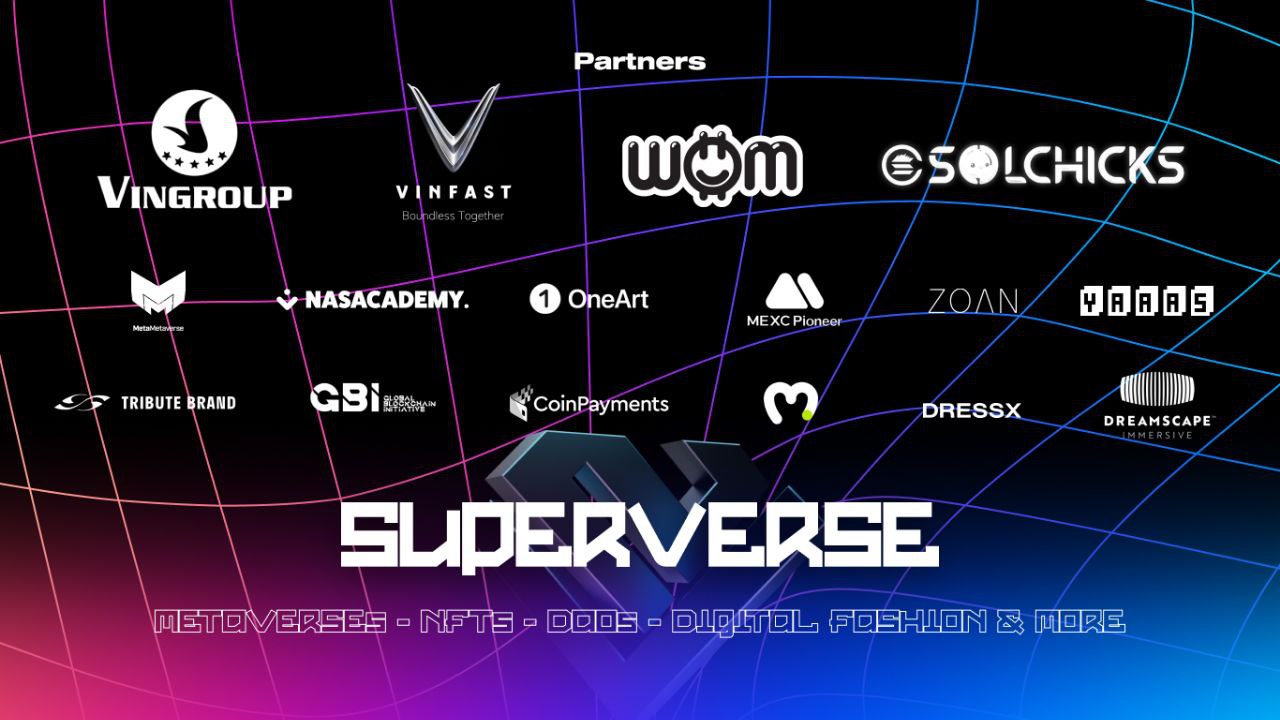

What is Superverse?
Superverse is the largest-ever collaborative event connecting creators, entrepreneurs, and artists that are disrupting their industries as we turn our attention to the digital world and as our digital lives subsequently become more essential.
Held in Dubai last week, it set the stage for discussions around the transformational shifts that are shaping the way we create, consume, monetise, and identify ourselves in 2022.
How? By educating the masses about the Metaverse, NFTs, and Web3 – or the ‘next phase of the internet’ as it’s being referred to – all of which, as we know, are the future of technological interactions as our online and offline realities are further interwoven.


How does fashion tie into all of this?
Historically, fashion has been reluctant to jump on the digital bandwagon.
One only needs to look at Forrester Research’s international survey of luxury brands in 2008 for an example of this, which found just one-third of them to be actively selling online at the time.
Over the last decade of course (even more so during the pandemic), significant strides have been taken to rectify this, and the industry has slowly made its way to the forefront.
In 2018, we saw an army of AI influencers like Lil Miquela infiltrate the runway. Following this came a slow trickle of smart tach wearables, including Tommy Jeans’ Bluetooth microchips.
More recently, Balenciaga kickstarted the fashion-gaming crossover with Afterworld: The Age of Tomorrow, a pivotal moment for the brewing relationship between the two contrasting sectors and one that’s showed no signs of slowing down since.
Today, akin to the art world’s heralding of the Non-Fungible Token (virtual certificates of ownership based on blockchain technology), fashion has welcomed Web3 with open arms.


This third iteration of the World Wide Web operates on decentralised platforms powered by public blockchains, which we’re already seeing with cryptocurrency and NFTs.
If it develops the way Zuckerberg predicted in his Meta announcement, then it will enable us to start honing our digital style with an avatar that can traverse through the infinite terrain of the internet.









